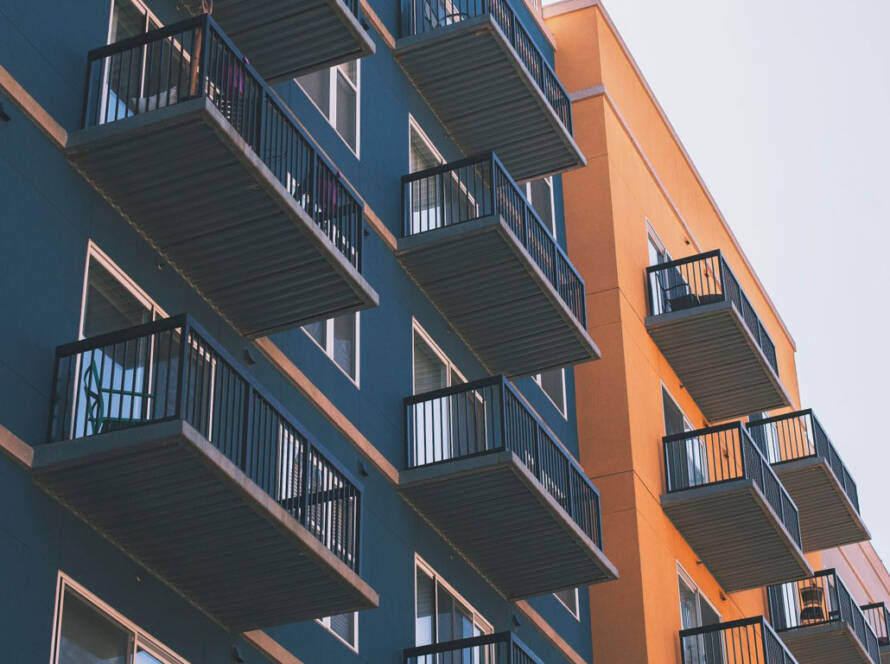Leipzig, Berlin, 24. July 2024
At an online press conference on the residential property markets in eastern Germany, speakers Bastian Kunau, Head of Residential Investment at Colliers in Central Germany, Sascha Nöske, CEO of Strategis AG, and George Salden, CEO of Capital Bay, gave an assessment of the opportunities and challenges of residential investments in the eastern German states. The regions in the east of the country present a differentiated picture in terms of population structures and demand for housing. Rural areas in Saxony and Saxony-Anhalt are characterised by migration to cities such as Dresden, Leipzig and Magdeburg and are losing inhabitants. At the same time, the surrounding areas of Berlin are becoming increasingly attractive for Berliners due to a shortage of housing in the capital.
Flourishing economy drives demand in Dresden, Leipzig and Magdeburg
"The economic development makes Leipzig and Dresden the hotspots in Central Germany, followed by Halle, Magdeburg, Erfurt, Jena and Chemnitz," says Bastian Kunau, Head of Residential Investment at Colliers in Central Germany. In the Saxon cities of Leipzig and Dresden, he has observed that investor demand for residential and commercial properties has increased significantly since the third quarter of 2023. "Access to debt capital and a positive outlook on the housing market are decisive factors in the investment decision," explains Kunau. Initial yield expectations are stable at 5 to 6 per cent for the time being, as the price correction has largely been completed.
In 2023, the supply of residential and commercial properties in Leipzig (approx. +62 per cent) and Dresden (approx. +80 per cent) was significantly higher than in 2021, although residential construction is also declining here. A development whose extent will only become noticeable in a few years' time. "In order to prevent residential rents from continuing to rise so rapidly, sufficient living space must be created. This is currently not likely due to the lack of new construction projects," concludes Kunau. In Dresden, the prime rent for existing properties has risen by 15 per cent to EUR 12.65 per square metre in the last 12 months, and by 6.1 per cent to EUR 16.50 per square metre for new builds.
Capital Bay is currently developing a mixed-use residential quarter in Magdeburg's Sudenburg district with around 500 flats and a total living space of around 36,000 square metres. Various forms of housing - from co-living for younger people to inpatient care - as well as commercial uses will offer a wide range of options for all age groups in future.
Berliners are moving to the surrounding area
"Berlin has long been unable to meet the high demand for housing," says Sascha Nöske, CEO of STRATEGIS AG, a specialist in individual and global sales, letting and property management. "This is why many Berliners are increasingly moving to neighbouring Brandenburg. The established communities with quick connections, good social infrastructure and attractive local recreational opportunities are particularly popular. For example, we let and manage existing and new build properties in Hennigsdorf in the north, in Schönefeld in the south-east and in Stahnsdorf and Zossen in the south-west and south and are seeing high and stable demand in all locations, not only from Berliners but also from newcomers."
The speakers summarise that the demand for housing in the east will increase where there is either an economic or infrastructural stimulus. This could be the opening of a university or a public authority, a new stop for long-distance transport or, as in Magdeburg and Leipzig, a large company relocating to the area. East Germany has an advantage over the old federal states in that land prices are significantly lower.


